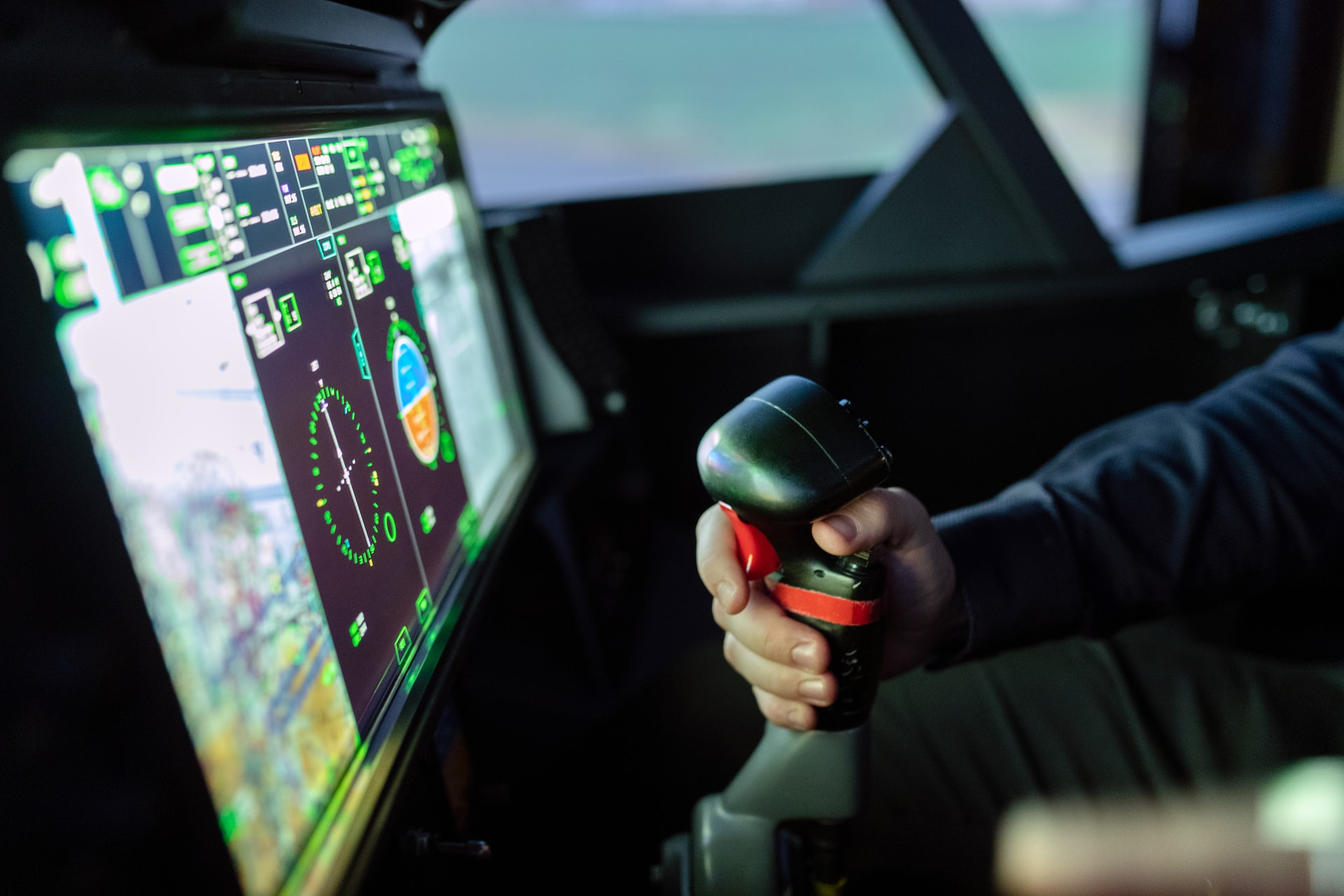Nadcap vs. AS9100 Standard for Electronics: What's the Difference?
If there's one thing that takes center stage in the aerospace industry, it's safety. This, of course, comes hand in hand with high-quality components.

When it comes to military electronics, reliability is non-negotiable.
Whether it’s a navigation system guiding a ship through dangerous waters or a communication device relaying critical intel, every component must function flawlessly under extreme conditions.
But how do electronic contract manufacturers (ECMs) ensure this level of precision? Enter MIL-STD, the military standards set by the Department of Defense. These stringent requirements guarantee that every electronic part used in defense systems meets the highest quality and performance standards.
In this article, we’ll break down what MIL-STD means and why it’s essential for military-grade electronics.
MIL-STD is shorthand for military standard. Although engineers might throw around terms like MIL-DTL, or MIL-SPEC, MIL-STD is the official designation used to achieve standardization objections set by the DoD.
These standards cover the end characteristics of the product, as well as the processes, materials, and security standards to be followed in their production. The five types of defense standards include:
These defense standards are meant to ensure proper performance and logistical usefulness of military equipment. Although their origins can be traced back for decades, the pressing need for standardization became most apparent during WWII.
As electronics and PCB capabilities rapidly emerged and evolved, the standards had to be updated to reflect new technology. In 2011, the Defense Department instituted the Supply Chain Hardware Integrity for Electronics Defense (SHIELD) program which calls for improved measures to safeguard against tampering or component removal.
Knowing the relevant military standards for electronic components enables ECMs to meet or exceed military-grade quality expectations.
Although constantly changing to keep up with the latest PCB innovations, some standards from the Defense Standardization Program that are particularly applicable to PCB components include:
In general, the best mil-grade PCBs conform to specific parameters regarding dielectric thickness, annular ring for the inner and outer layer, and drill to copper clearance.
MIL-STD-compliant electronics are crucial in a variety of military operations and equipment, such as communication systems (radios, satellite links), navigation systems (GPS units), aerospace systems (fighter jets, unmanned drones), shipboard systems (radar, missile guidance), and defense computing platforms.
Additionally, mission-critical equipment, such as battlefield computers and weapons control systems, depends on MIL-STD components to ensure interoperability and reliability under combat conditions.
The DoD has laid out specifications for the general performance requirements for printed circuit boards and PCB assembly.
Import and export products that require military standard (MIL-STD) testing may also fall under the restrictive provisions of the International Traffic in Arms Regulations (ITAR) to enhance U.S. security.
ITAR Compliance focuses on sensitive information that might be involved with military equipment.
Another reliable standard for electronics manufacturing services is the Nadcap certification. This accreditation program is overseen by the Performance Review Institute (PRI), to establish accreditation requirements, issue accreditation credentials, and define operational program requirements for the electronics manufacturer.
Below are some frequently asked questions and their answers regarding MIL-STD electronics.
To meet MIL-STD requirements, an ECM must undergo rigorous testing and auditing processes to ensure compliance with the Department of Defense’s standards. This involves adhering to specific manufacturing processes, quality control measures, and testing methodologies outlined in the MIL-STD documentation.
Manufacturers typically need to demonstrate their capabilities through certifications like ISO standards and maintain ongoing compliance through audits, periodic reviews, and updates based on the latest defense electronics manufacturing requirements.
Producing military-grade electronics involves stricter quality control, higher performance standards, and the ability to withstand extreme conditions such as temperature, pressure, and shock. Additionally, MIL-STD electronics often require enhanced security measures, tamper-proof designs, and long-term durability. The production process must also accommodate high levels of customization and traceability, which increases complexity.
Compared to commercial electronics, military electronic components must achieve higher levels of reliability and interoperability across a wide range of equipment.
MIL-STD standards are updated as needed to incorporate new technologies, manufacturing techniques, and emerging security threats. Updates can be sporadic, depending on advances in electronics and the specific requirements of the Department of Defense. To stay compliant, manufacturers must regularly monitor updates from the Defense Standardization Program Office (DSPO) and related organizations.
Subscribing to defense industry bulletins, maintaining open communication with certification bodies, and undergoing continuous training can help manufacturers keep up with evolving standards.
MIL-STD compliance generally increases both the cost and lead time of manufacturing due to the stringent quality control, testing, and certification processes involved. The materials used are often more specialized, and the production techniques must meet higher durability and security standards. Additionally, ensuring traceability and compliance with tamper-proof requirements can add to production complexity.
The costs of MIL-STD electronics vary based on factors like component complexity, specific requirements, and production volume. Specialized materials and rigorous testing for military-grade electronics lead to higher initial costs than commercial electronics. Compliance also requires ongoing training and quality assurance investments, further increasing expenses.
Small batch manufacturing, common in military applications, raises per-unit costs due to a lack of economies of scale. However, these costs are justified by the enhanced reliability and performance of MIL-STD components in critical situations. Manufacturers must weigh these costs against the risks of non-compliance or failure, highlighting the importance of quality and adherence to standards.
Before you sign on with a full-service ECM for your PCB needs, ensure they are up-to-date with their certifications. Remember, a machine is only as good as its components, so you want the best possible parts!
To learn more about other PCB assembly standards and certifications, download our free e-book!

If there's one thing that takes center stage in the aerospace industry, it's safety. This, of course, comes hand in hand with high-quality components.

When searching for a reliable electronics contract manufacturing (ECM), one of the first questions you’ll probably ask is, “What certifications do...

When an OEM is sourcing out work -- let alone aerospace electronics manufacturing -- it’s likely to come across companies that boast about all sorts...